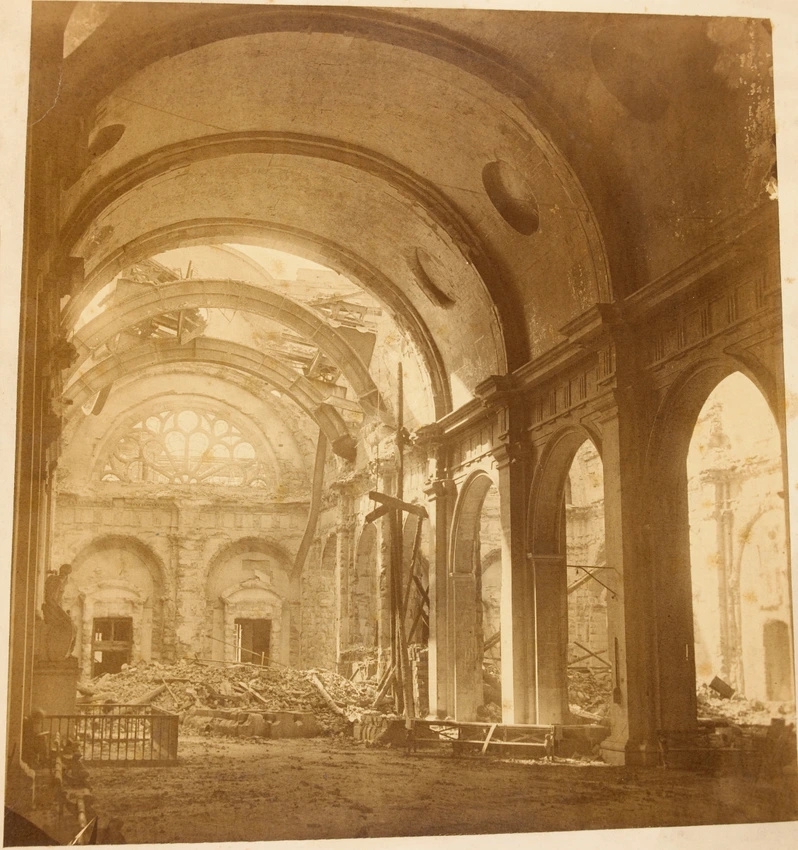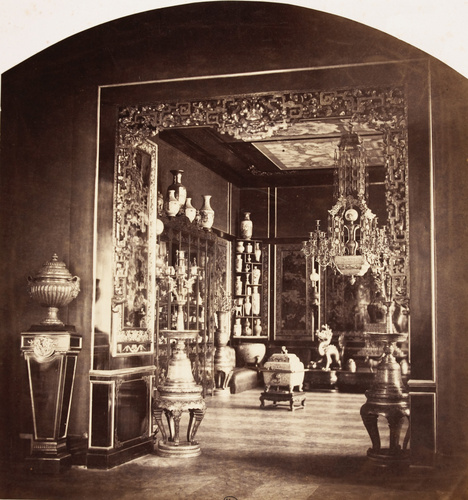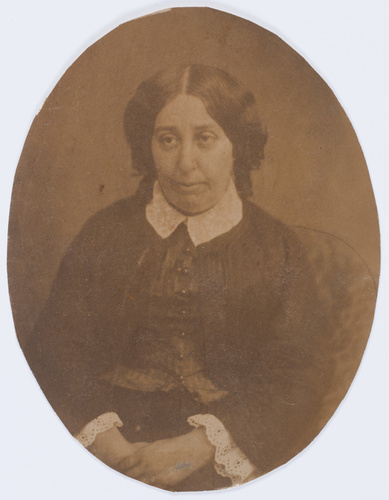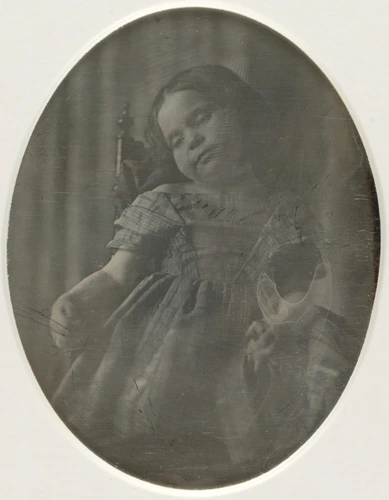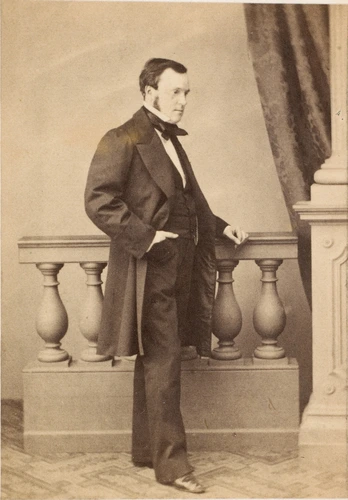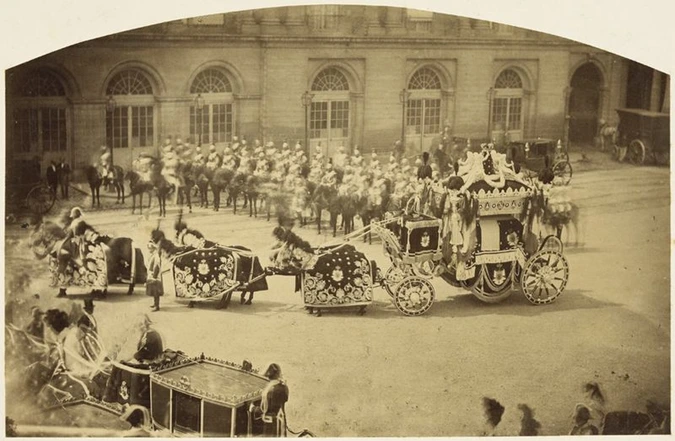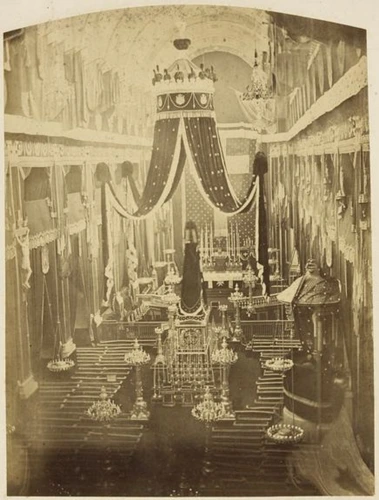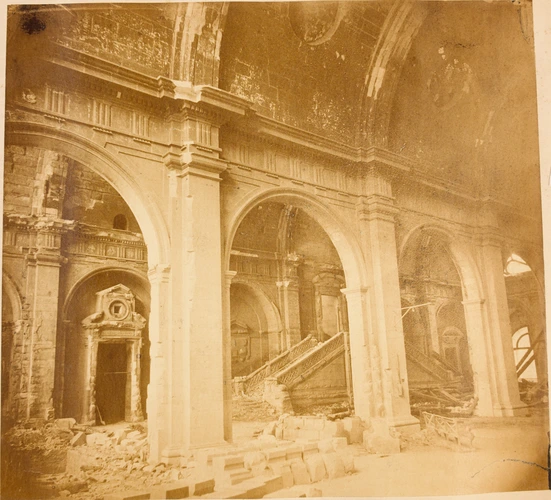La Salle des Pas-Perdus du palais de Justice après les incendies de la Commune
"We will set off from La Madeleine, turning our backs on its columns pockmarked with bullet holes, to enter the Rue Royale where the damage is much greater." So the Guide to the Ruins of Paris, published at the end of June 1871, invited Parisians and tourists on a tour of the damaged city. Commentators were unanimously struck by the strange, fantastic atmosphere of the city after the fires. "It is sinister and marvellous," cried Flaubert.
Tourist soon flooded in. It was their eagerness to see everything that explains the prodigious success of photographs of the ruins. Tens of thousands were sold, both in Paris and in the provinces or abroad.
As soon as the fighting was over, the photographers set up their cameras among the ruins. Pierre-Ambroise Richebourg took a series of photographs of the Palais de Justice (main court buildings) at the beginning of June. Contemporaries considered the courtrooms, along with the Tuileries Palace and the City Hall to be the most picturesque ruins in Paris, described by Ludovic Halévy as "a prodigious cave-in", a "gigantic collapse."
Richebourg's photographs may have been an assignment for the magazine L'Illustration, to which he occasionally contributed. The issue dated 24 June 1871 contains an engraving by Deroy and Méaulle of magistrates in their robes among the rubble.
The picture, captioned The Law Courts after the Fire. The Main Hall when Sessions Resumed, was indeed freely inspired by this photograph.
